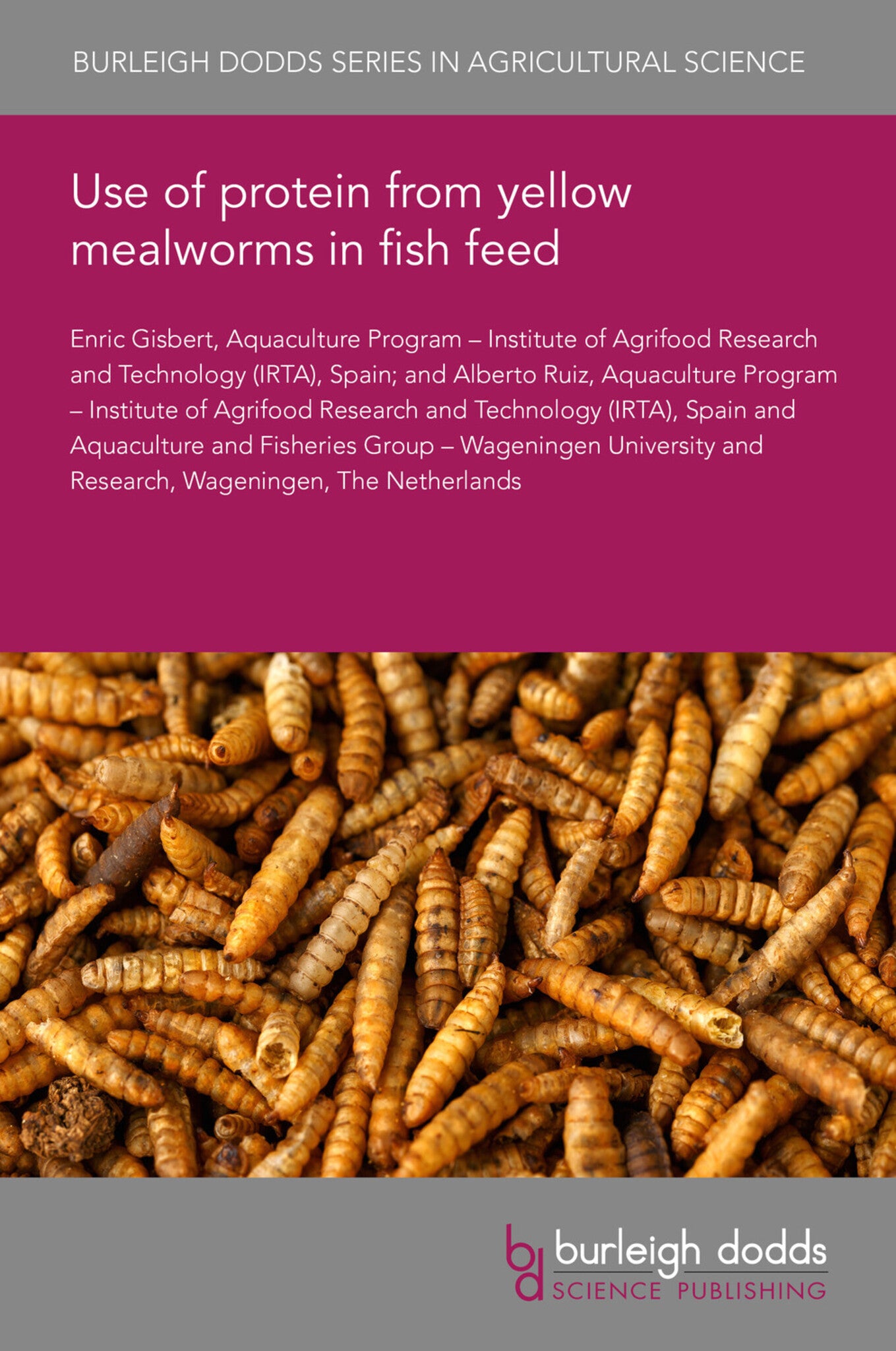We're sorry. An error has occurred
Please cancel or retry.
Use of protein from yellow mealworms in fish feed

Some error occured while loading the Quick View. Please close the Quick View and try reloading the page.
Couldn't load pickup availability
- Format:
-
11 February 2025

Yellow mealworm (T. molitor) is a safe and sustainable alternative protein source for aquafeed, given advantages such as high protein content and better amino acid profile when compared to alternative plant-protein sources. This chapter provides an overview of the current use of T. molitor as alternative ingredient to fishmeal. It summarises recent reviews on the use of these invertebrates in aquafeeds and their impact on key performance indicators (KPIs) associated with growth performance and feed efficiency, product nutritional quality, as well as their immunomodulatory potential and effect on host gut microbiota.

TECHNOLOGY & ENGINEERING / Food Science / Chemistry & Biotechnology, Food and beverage technology, TECHNOLOGY & ENGINEERING / Food Science / Food Safety & Security, TECHNOLOGY & ENGINEERING / Fisheries & Aquaculture, Food security and supply, Food chemistry, Aquaculture and fish-farming

- 1 Introduction
- 2 Finding alternatives to marine-derived aquafeed
- 3 Key advantages of yellow worm meal as an aquafeed
- 4 Nutritional profile of yellow worm meal for aquafeed
- 5 Effects of yellow worm meal on growth and feed efficiency in different fish species
- 6 Effects of yellow worm meal on fillet quality
- 7 Effects of yellow worm meal on sensory and nutritional properties of fresh fish
- 8 Effects of yellow worm meal on the host microbiome
- 9 The use of yellow worm meal as a functional ingredient
- 10 Conclusion
- 11 Where to look for further information
- 12 References



